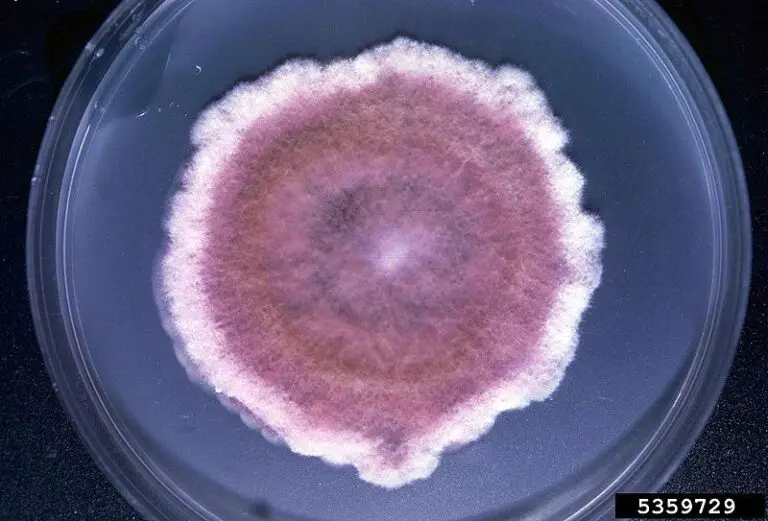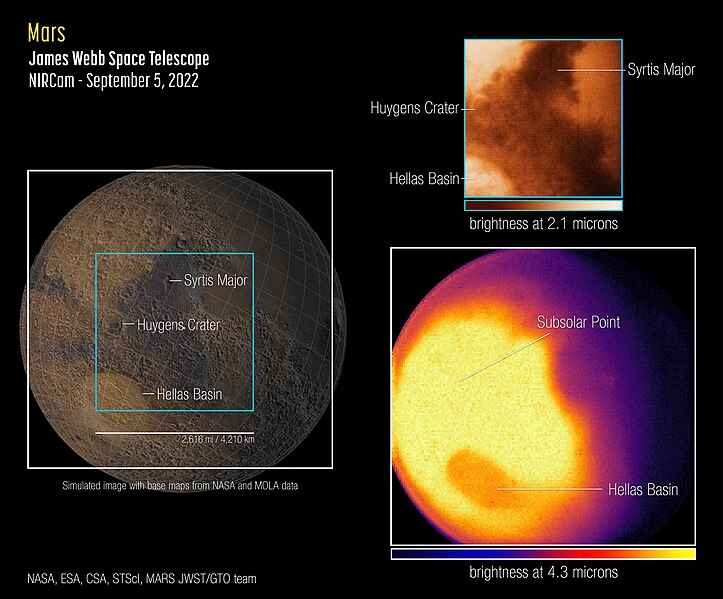3 Rainwater Harvesting Methods Explained
Rainwater harvesting methods are; rooftop, surface runoff, and integrated rainwater harvesting.
This article discusses the rainwater harvesting methods, as follows;
1). Rooftop Harvesting (as one of the Rainwater Harvesting Methods)
As the name implies, rooftop harvesting is simply a method of rainwater harvesting which uses roofs as the primary catchment structure or source of rainwater.
It is one of the most common rainwater harvesting methods, from a practical standpoint.
Rooftop rainwater harvesting systems are relatively simple, and comprise mainly of pipes and funnels that are strategically positioned to collect the maximum amount of rainwater which is captured by a given rooftop, and to channel this water through filter bed(s) and into storage tanks.
In urban areas, rooftop rainwater harvesting is particularly effective, due to the large presence of roofs and their prominence as artificial (temporary) water catchment structures.
The effectiveness of a rooftop harvesting system depends on multiple factors. One of them is the geometry of the roof; which includes its surface area, symmetry, and inclination. Others include the configuration, size, suitability and durability of the components of the rainwater harvesting system.
Water that is collected by rooftop systems can be applied for direct use. This could be non-domestic or domestic, depending on the level of purity of the water.
In cases where a reliable filter bed is integrated into the system and used for water purification, rooftop rainwater harvesting can be useful for water conservation for irrigation purposes.
Organic farms, biodynamic farms, permaculture farms and other sustainable agricultural entities may use rooftop water for irrigation, provided such rooftops are available in the form of biorefineries, food processing and storage structures, among others.
There are multiple techniques that can be used for rainwater harvesting from rooftops. The techniques of rooftop rainwater harvesting include non-pressurized direct flow and storage, direct flow with filtration and storage, surface storage, underground storage, and aquifer recharge techniques.
In some elaborate systems, further purification and overall optimization can be achieved by integrating reverse osmosis equipment, and heat sensors, into the RWH structure [3]. While this makes it possible to convert rainwater directly to potable water, it requires electricity and is not a good option where energy conservation is a priority.
However, several of the disadvantages of rainwater harvesting can be experienced with rooftop method. They include technical limitations, size constraint, maintenance, capital cost, suitability and unpredictability of rainfall patterns.
Also, because rooftops are used as primary catchment, changes to existing roofs may be required before the method can be effective, thereby adding to cost. Occasional cleaning of rooftops can present some challenges as well.
Compared to other methods of rainwater harvesting, the rooftop method has a fair degree of sustainability when it is practiced in an effective manner. It is also adaptable and has been adopted in many areas.
When it is being used for direct recharge of groundwater aquifers, the rooftop harvesting system may include percolation tanks and recharge trenches/conduits.

2). Surface Runoff Harvesting
Surface runoff harvesting is a rainwater harvesting method that uses the ground as a catchment surface, capturing and storing stormwater runoff, for future use.
It is especially useful and effective under circumstances involving mass flow of large quantities of water after heavy rainfall, in areas of low ground/soil permeability.
Surface runoff harvesting is effective for mitigating both manmade and natural hazards, like soil erosion, flooding, landslides, and stormwater pollution [1].
In places with high rainfall rates, surface runoff harvesting systems may support water dams and other water management structures, in the control of floods. Like dams, water that is collected by surface runoff harvesting systems can be channeled into hydro-power plants for hydroelectricity generation purposes. This is possible where the RWH system has a very large storage capacity.
The effectiveness of surface runoff rainwater harvesting depends on factors like the rate of infiltration, permeability, and topography of the ground.
Because this method depends on surface runoff, it is not effective in areas with low rainfall, such as arid areas and other regions that are susceptible to dryness and desertification. In these areas, other measures can be taken to conserve water resources.

3). Integrated Harvesting (as one of the Rainwater Harvesting Methods)
Integrated rainwater harvesting method is used where there is need to use collected rainwater for purposes like extensive irrigation, electricity generation, and potable water supply.
It is a less-known and relatively-sophisticated concept, and often combines the features and capabilities of the two other rainwater harvesting methods.
Integrated RWH systems may include components for pressure application, such as flush devices and water pumps [2]. They may also incorporate elaborate equipment for filtration and/or reverse osmosis. In other cases, sensors for heat transfer control may be incorporated into the system.
This method of rainwater harvesting can be energy-intensive, and may require more capital, operational cost, maintenance, and technical skill, in order to be used effectively.
Conclusion
The rainwater harvesting methods are;
1. Rooftop Harvesting
2. Surface Runoff Harvesting
3. Integrated Harvesting
References
1). Abdeldayem, O.; Eldaghar, O.; Mostafa, M.; Habashy, M. M.; Hassan, A. A.; Mahmoud, H.; Morsy, K. M.; Abdelrady, A.; Peters, R. W. (2020). “Mitigation Plan and Water Harvesting of Flashflood in Arid Rural Communities Using Modelling Approach: A Case Study in Afouna Village, Egypt.” Water 12(9):2565. Available at: https://doi.org/10.3390/w12092565. (Accessed 18 October 2022).
2). Alim, A.; Ashraf, A. F.; Rahman, A.; Tao, Z.; Roy, R. R.; Khan, M. M.; Shirin, S. (2021). “Experimental investigation of an integrated rainwater harvesting unit for drinking water production at the household level.” Journal of Water Process Engineering 44(6):102318. Available at: https://doi.org/10.1016/j.jwpe.2021.102318. (Accessed 15 October 2022).
3). Khaled, A.; Mukarram, T. M.; Ashraf, A.; Islam, A.; Rafid, S.; Rahman, M. (2020). “SENSOR BASED AUTOMATED ROOFTOP RAINWATER COLLECTION SYSTEM FOR RESIDENTIAL USE AND RAINWATER QUALITY ASSESSMENT OF DHAKA CITY.” Available at: https://www.researchgate.net/publication/350546118_SENSOR_BASED_AUTOMATED_ROOFTOP_RAINWATER_COLLECTION_SYSTEM_FOR_RESIDENTIAL_USE_AND_RAINWATER_QUALITY_ASSESSMENT_OF_DHAKA_CITY. (Accessed 18 October 2022).





